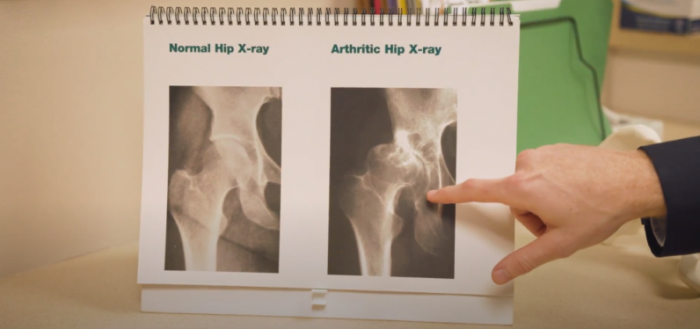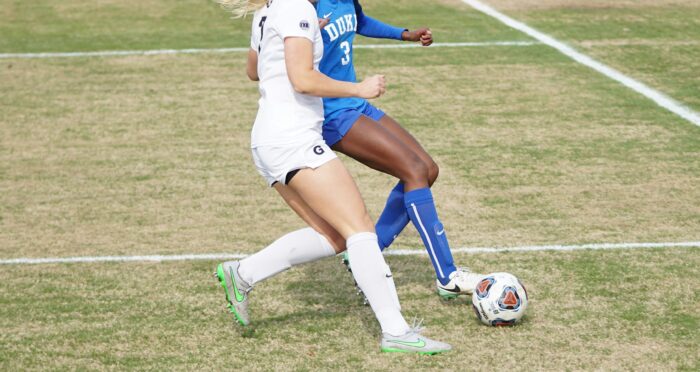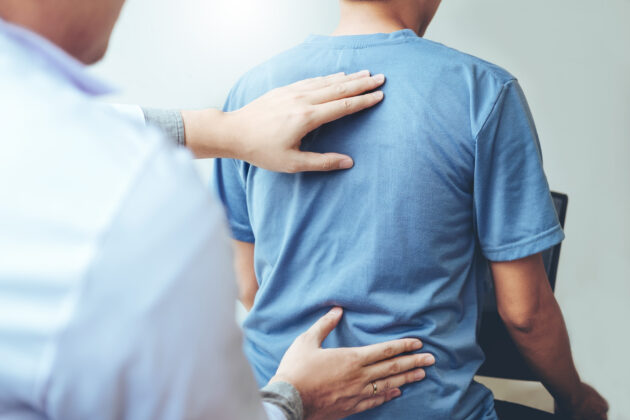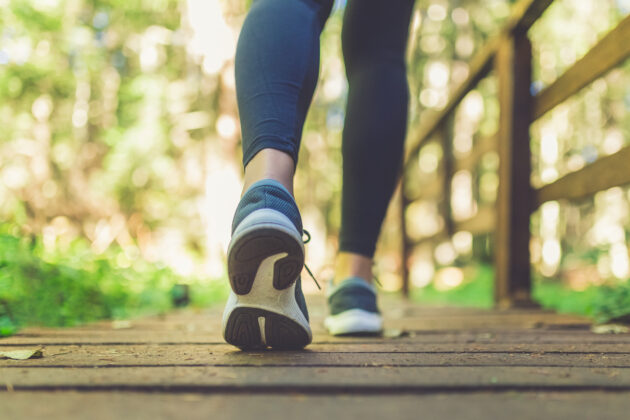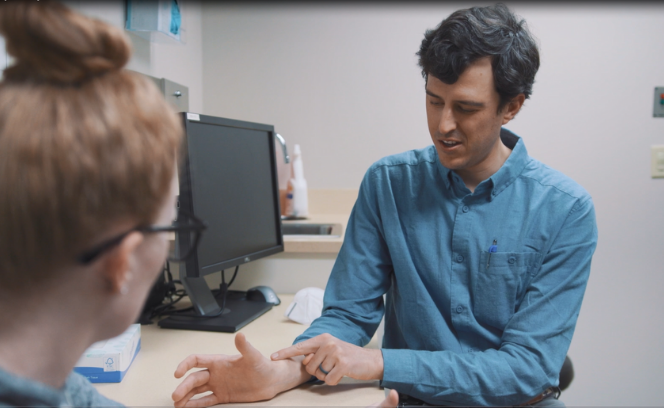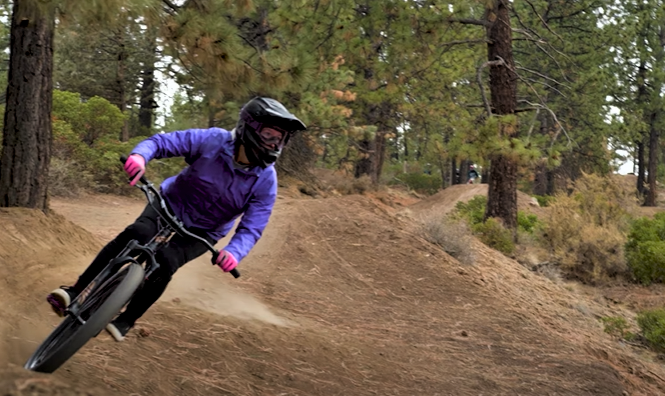
Biking is a great form of exercise, an easy way to get outside to have fun, and it’s easy on the environment. With so many benefits, it’s no surprise that nearly 100 million Americans will ride a bike at least once every year. Biking also accounts for a large amount of injuries each year – approximately 580,000 emergency department visits and over 1.2 million physician visits per year in the United States. Whether you’re a regular rider or a casual cruiser, here are some of the most common biking injuries and how to prevent them.
Knee Pain
Knee pain and injuries are extremely common due to overuse injuries while biking. If your feet or legs are positioned incorrectly, your knee joint can be pushed or pulled in the wrong direction and cause pain. Patellofemoral Pain (Runner’s Knee), tendonitis, osteoarthritis, and Iliotibial (IT) band issues can also be sources of knee pain.
On the other hand, if you are suffering from knee pain before you begin biking, riding a bike is a great way to increase joint mobility with low impact and low stress on your knee joint. Most knee pain injuries can be prevented by shoe modifications, foot repositioning, or getting a professional bike fit.
Neck and Back Pain
Long periods of time spent curled over the handlebars of your bike can lead to neck and/or back pain. Improper form and staying in one position for too long are also contributing factors. Changing your grip on the handlebars or raising the height of your handlebars will take the stress off overused muscles and redistribute pressure to different nerves. Muscle imbalances, such as tight hamstrings or hip flexors, can also cause cyclists to round or arch the back, which causes the neck to hyperextend.
If you are prone to neck or back pain, take time before your ride to stretch your muscles. Consider your posture when you are not on your bike; make sure you’re not sitting with an awkward twist or rounded back. Strengthening your core muscles can also take the stress off your back and make you a more powerful rider.
Wrist, Hand, and Arm Pain
Pain in the upper body often occurs when too much pressure is transmitted through the hands, wrists, or arms. Ideally, about 60% of your weight should be positioned on the rear of your bike, and only 40% on the front of the bike. Make sure your reach to the handlebars is not too long, and that your handlebars are not set too low. Wrist pain can occur when your grip is incorrect or your handlebar position is off, forcing your hands and wrists into an unnatural angle.
Cyclists often develop a condition known as cyclists palsy or handlebar palsy, causing numbness, weakness, and tingling in the pinky and ring finger due to pressure on the Ulnar nerve. This is often associated with pressure on the handlebars for long periods of time. If you experience pain, numbness, or tingling in the thumb, index, or middle fingers, this may be carpal tunnel syndrome. This syndrome usually occurs when cyclists hold the handlebars and put too much pressure on the median nerve. Symptoms for both of these conditions will usually resolve with changing your position on the handlebars often, wearing padded gloves, riding with your elbows slightly bent to act as a shock absorber, and alternating pressure on the inside and outside of your palm while riding.
Foot Pain
Foot pain and numbness is a common complaint among bicyclists. Foot placement and the fit of your shoe are often to blame for foot pain. Shoes that are too tight, too narrow, or not supportive enough can lead to pain in the feet.
Another notable foot injury is plantar fasciitis, where pain radiates from the bottom of the heel throughout the foot. The plantar fascia is a strong band of tissue in the arch of your foot that absorbs strains and stress placed on the foot each time it is in use. The tissue can become irritated and inflamed due to overuse. To prevent foot injuries, try stretching to relieve tightness, and invest in proper footwear.
Head Injuries
Crashes are an unfortunate side effect of riding a bike. Wearing a helmet can reduce your risk for a head injury, but concussions still happen. A concussion is a type of traumatic brain injury caused by a bump, blow, or jolt to the head, or by a hit to the body that causes the brain to move rapidly back and forth. Always wear a properly fitted helmet and seek medical attention right away if you suspect you may have suffered a concussion.
Other common aches, pains, and injuries seen from biking include cuts and scrapes, muscle cramps, sprains and strains, and muscle soreness. If any of your pains or injuries do not show improvement or continue to get worse over time, it is important to schedule an appointment with an orthopedic specialist to be treated properly.
